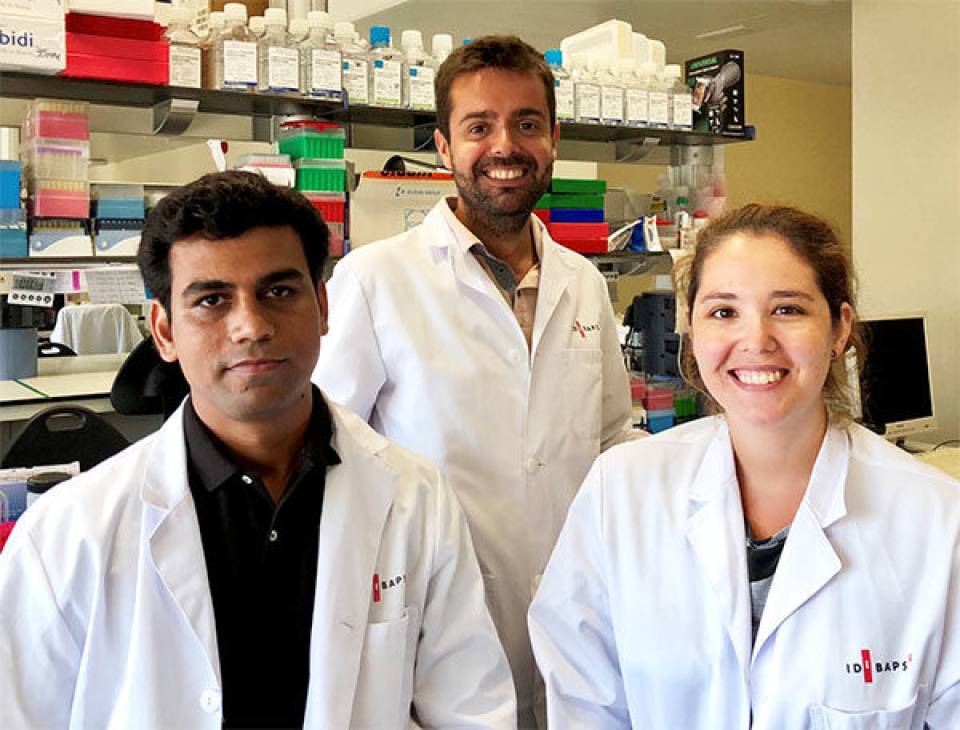Cirrhosis and its clinical consequences can be aggravated due to bacterial infections, which can lead to the appearance of ACLF. This phase of the disease is characterized by an acute decompensation, multi organ failure (heart, kidney, lungs, brain, etc.), and hepatic failure, further increasing mortality. “Little is known about the cellular and molecular mechanism of ACLF and therefore there are no available therapeutic options. Until now, liver transplantation was the only treatment”, explains Jordi Gracia-Sancho. “Research and development of new diagnostic and treatment strategies for ACLF is a must”, adds.
Different studies have proven efficacy of statins, drugs initially designed to control cholesterol levels, for the treatment of portal hypertension and its clinical complications in early stages of cirrhosis. In the Gastroenterology study, researchers have focused on elucidate if this treatment could be also effective in more advanced phases of the disease.
Therefore, they have developed an animal model of ACLF promoting a bacterial infection in rats with advanced chronic liver disease, and have observed that it mimics what is observed in patients with this syndrome; being a valid model to perform studies proving drug efficacy.
After this observation, the next step was to prove if treatment with simvastatin was effective decreasing ACLF complications. “We have observed that symptoms associated with the disease, and also survival, are improved. This is mainly due to decreased systemic and liver inflammation, which leads to an improvement in hepatic microcirculation and lower portal pressure”, explains Marina Vilaseca.
“This treatment covers the need for a group of patients with chronic liver disease that did not have any therapeutic option. Until now, we had demonstrated statins’ efficacy and main molecular mechanisms in different phases of cirrhosis, but not in this advanced stage of the disease”, points out Jordi Gracia-Sancho. “The next step is to carry out a well-designed clinical trial to assess the good results observed in the preclinical model”, concludes Jaume Bosch.
Article reference:
Dinesh Mani Tripathi∗, Marina Vilaseca∗, Erica Lafoz, Hector Garcia-Caldero, Gabriela Viegas Haute, Anabel Fernández-Iglesias, Jarbas Rodrigues de Oliveira, Juan Carlos Garcia-Pagan, Jaime Bosch, Jordi Gracia-Sancho
Gastroenterology. DOI: https://doi.org/10.1053/j.gastro.2018.07.022

